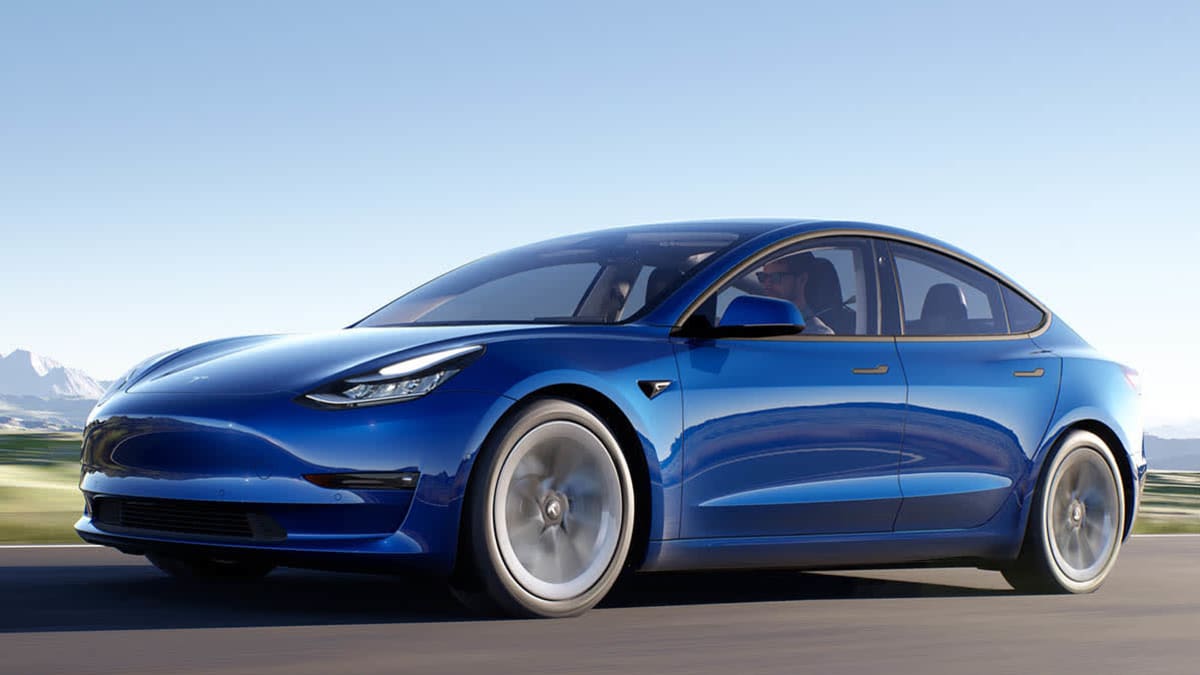You are referring to mapping and database corrections/updates that do seem to be at the heart of many trouble-spot reports (and also a few magic trouble-spot fixes).While they have been experimenting with this, they should have employed a team dedicated to correct wrong speed limits, etc, and really make the best of what they have on the old stack. Autopilot and NoA could have been such a good experience on the road to FSD, if they had a dedicated team to maintain and fix issues
This brings up the concern of whether Tesla will assign any additional resources to mapping in the future, after the FSD stack has matured. If they don't value it enough now, why should we think they'll value it later? Because they will free up FSD machine-learning geniuses to happily work the ongoing map-updating project? Seems unlikely. Because they will fire the expensive machine-learning geniuses, suddenly all finished, to free up budget for a bigger map-maintenance team? Also unrealistic.
I certainly agree that satisfaction with the existing features would be helped by a more aggressive update program, including a more timely and communicative response to user map-update reports. I think the enthusiasm of the user base would be sky-high if
1. Every report came back with an acknowledgment message (presumably automated),
2. More importantly, if within days after submitting a valid report, an update would be pushed and a (presumably automated) message came back saying that the reported issue has been addressed, please let us know via our feedback system whether this has resolved the issue.
Of course, there may be a policy of assigning lower priority to a single report, vs. higher priority to multiple reports especially from multiple users. But still, providing some acknowledgment and follow-up for every single report, plus clear evidence that map updates are happening often, would enhance the quality of the Tesla experience.



